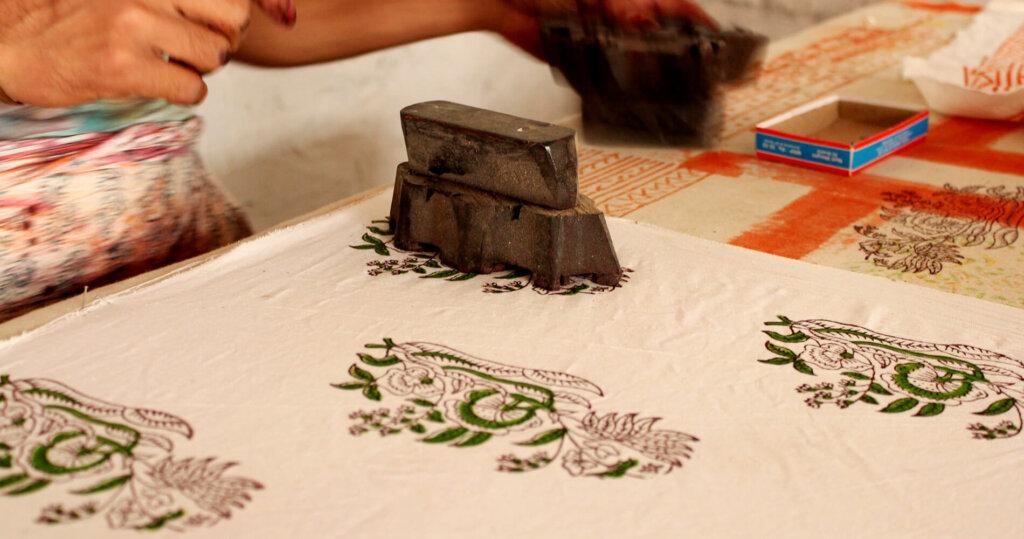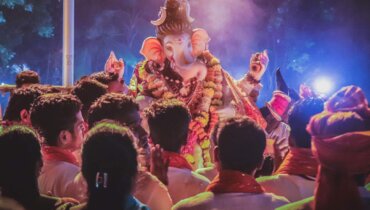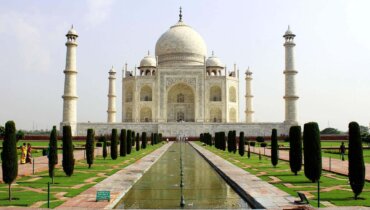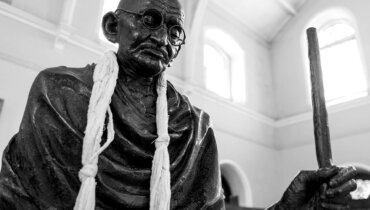
What Is Block Printing?
History
During the 12th century, block printing was a flourishing local trade in Rajasthan. By the 17th century, the royal Mughal court spread the art form throughout India, increasing its popularity- and demand.
The Mughal-Maratha wars also changed the course of block printing forever. Artisans were allocated lands close to other block printers. As these small villages of master craftsmen kept popping up, different styles of printing were born: Bagru and Sanganeri being two of the most widely known.
Process
The first step to any block print is getting a good piece of wood. Most commonly, this is teak. You have to get a flat, even surface before you can start carving. Once the design is fully carved, a handle is attached to the back of the block.
The fabric comes next. It is washed to get rid of any impurities, like starches, found in the cotton. Then it is laid in the sun to dry completely. Once it’s dry, it is stretched over a long table to be printed.
Depending on what the artisan is going for, they may choose to put the dye directly on the blocks and print in color, or they can use a clay resist so the print stays white. In either case, now is when the artisans get to show off their expert precision.
The fabrics that have a resist dye on them get sent into huge, boiling vats of color. The color dyes the background, and the heat removes the clay, leaving the pattern behind in white.
The fabric is washed and sun-dried again. It is now ready for consumers.
Common Motifs
Each unique style of printing comes with motifs that they are known for.
Sanganeri (from Sanganer) takes inspiration from nature. Floral motifs are very common, especially lotus flowers, lilies, sunflowers, and roses. Many of the flowers that block printers used were foreign to Rajasthan. Just goes to show the power of trade. They are only found in the Sanganeri style because Sanganer was the closest village to the royal family.
Bagru has floral elements, but artisans from Bagru also have geometric shapes as well as animals. The traditional Bagru style is more floral. They included flowers as well as birds, like peacocks and parrots. Bagru was influenced by the Persians, and their motifs slowly started changing to more geometric patterns.
Fun Facts
Block printing was originally found in China. The earliest identifiable piece was the Diamond Sutra in 868 AD.
It can take 10-15 days to complete one wooden block.
Over time, the finer details of the design wear down and get lost. To prevent this, artisans carve them into strips of copper.
Rajasthan’s block printers are known for using only natural dyes. Typically dyes are made of indigo, mustard, and pomegranate.
Block printing is an eco-friendly art form. It is done in small batches since the work is so labor-intensive.
One piece of fabric can require anywhere from 3 to 30 different wood blocks to complete the pattern. It all depends on how intricate the design is.
With this much patience and dedication to their craft, it’s amazing what these artisans can do. Maatir wants to help these artisans keep this tradition alive. Check out our collection of table runners, loungewear, and kurtas.




